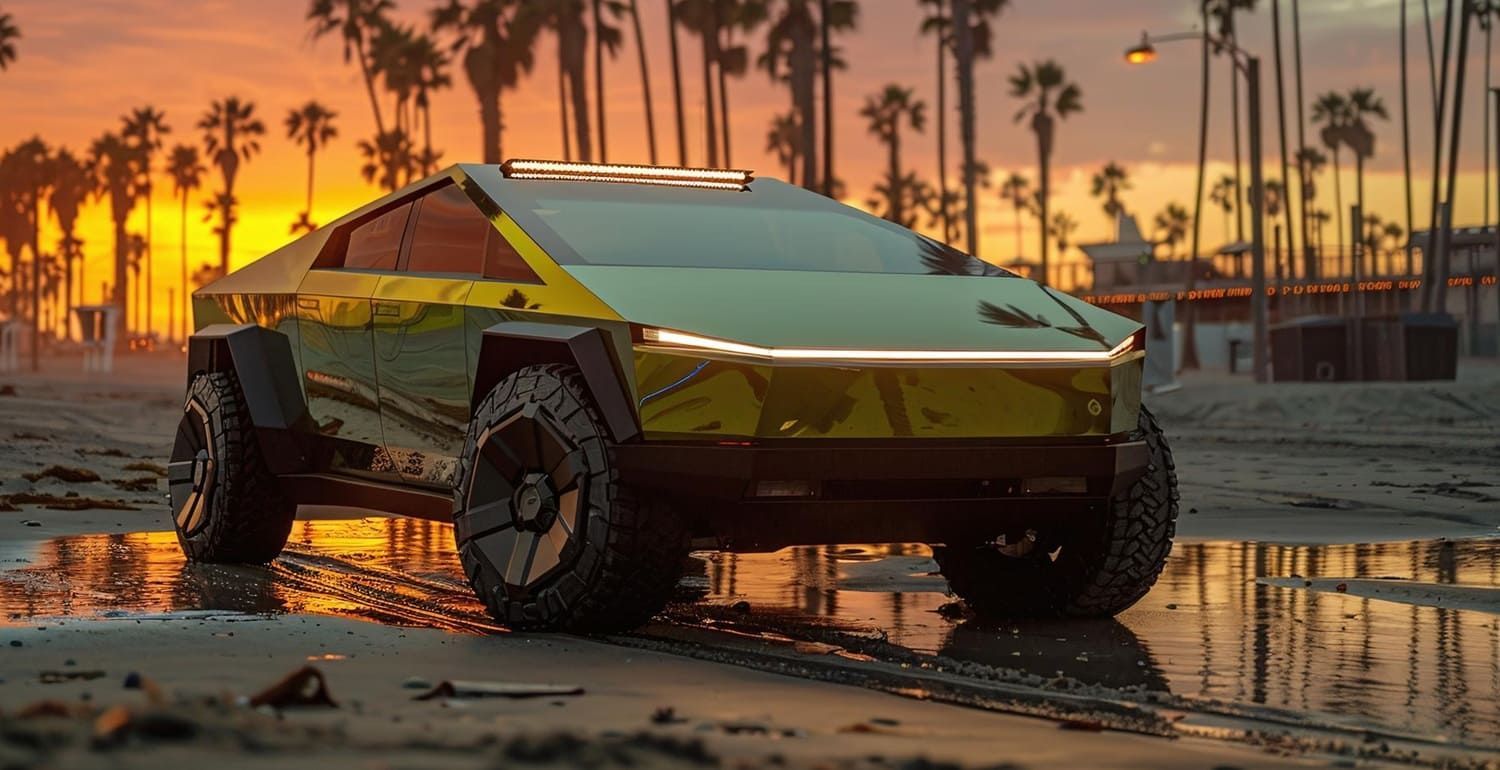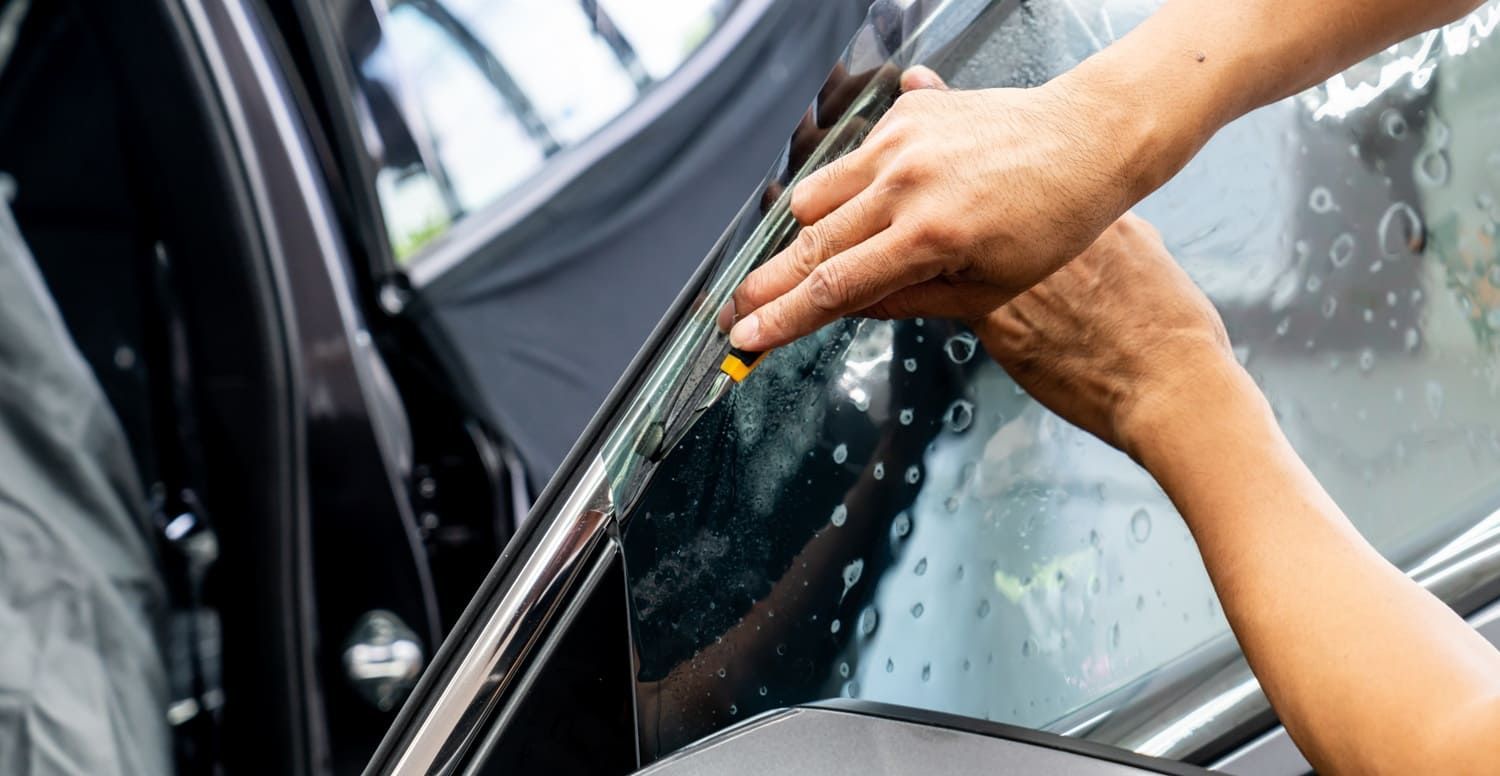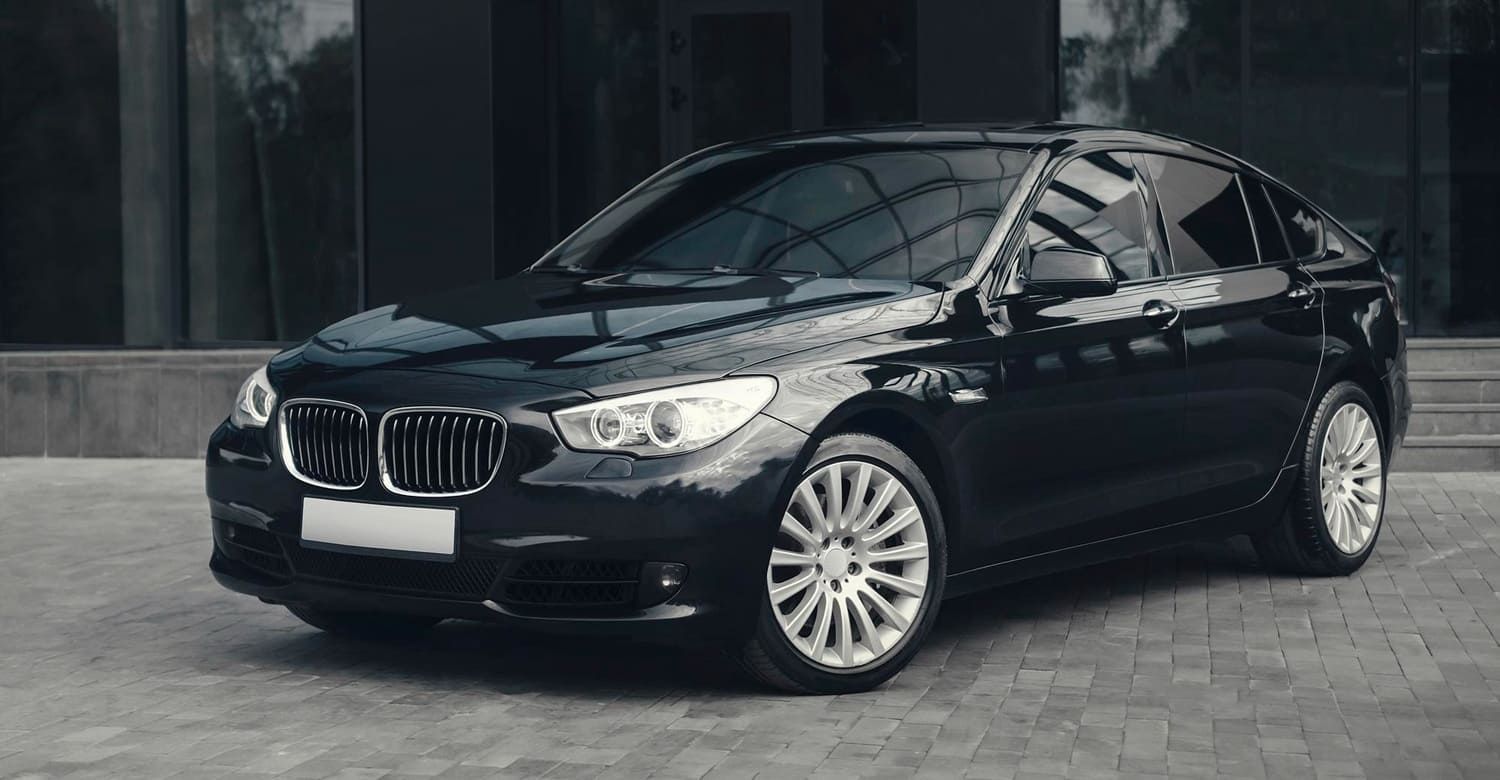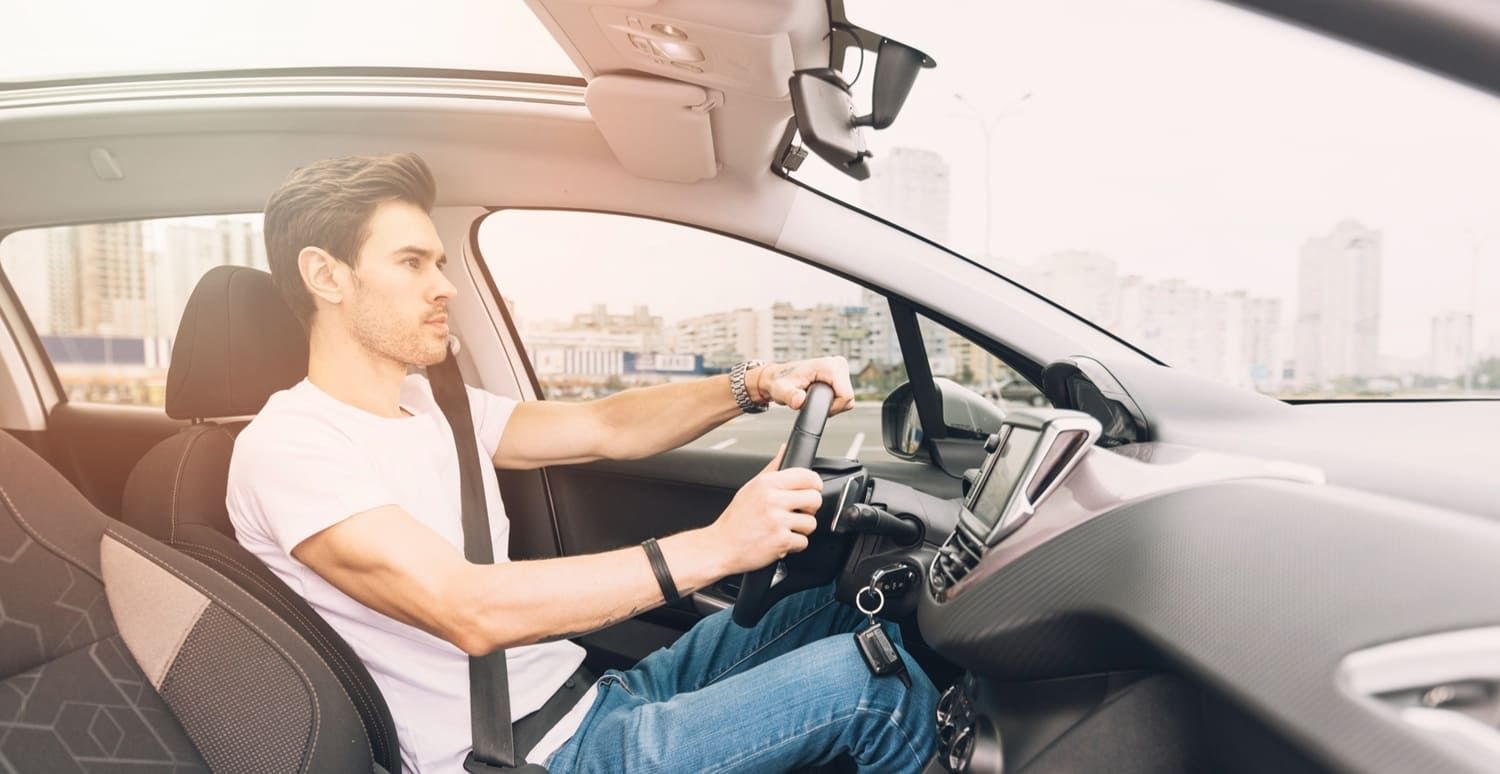7 Common Errors with Tinting Car Windows and How to Avoid Them
Tinting your vehicle's windows properly requires knowing what can hinder your progress. Here are common errors with tinting car windows and how to avoid them.
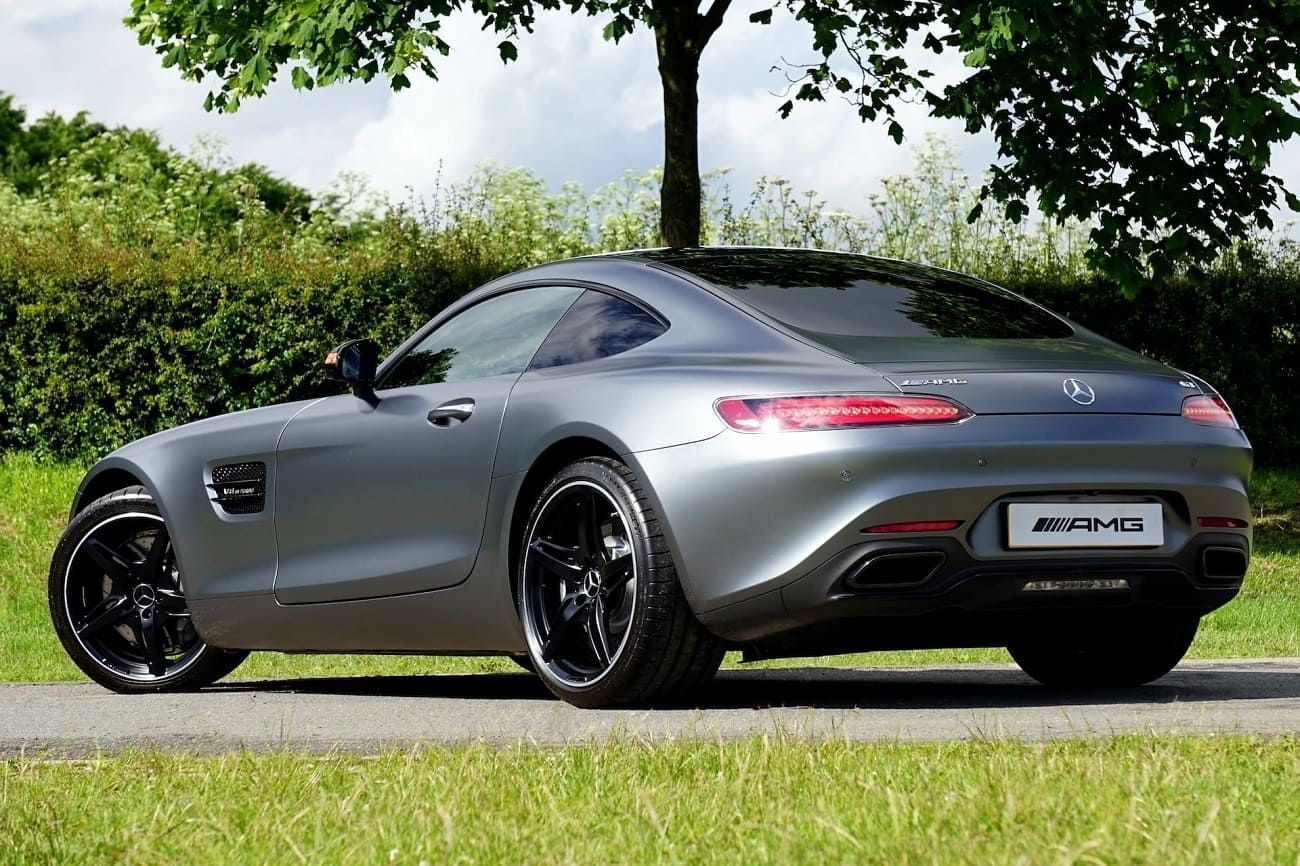
The market for automotive window tints is worth over $6.65 billion. It's a common car addition with a long list of benefits.
It's also a major investment that you need to protect. The valuable tint can turn into bubbling lava or make your windows look like they were scratched up by a hoard of cats.
Read on to learn seven common errors with tinting car windows to avoid.
1. Not Knowing Local Laws
Each state has its own tinting laws. You need to check them to avoid serious fines or even time in jail.
Car window film is measured in a percentage known as VLT or visible light transmission. The law determines how high it can be on each part of the car.
In Florida, you can only tint the windshield above the AS-1 line or the top five inches and it must be non-reflective. The front side windows must have a rating of 28% or higher. The back side windows need 15% or higher, and so do the rear windows.
There are other distinctions as well. You can't tint the rear windows if you don't have side mirrors, and you can't use colored tints there; only clear tints are allowed. You also need a sticker on the driver's side door jamb with the tint information, including the installer's name and the material used.
Exemptions are allowed for medical conditions such as:
- Lupus
- Albinism
- Vitiligo
- Dermatomyositis
- Xeroderma pigmentosum
- Autoimmune disorders
2. Choosing the Wrong Tint or Percentage
The benefits of tinted windows are far-reaching, and it's what makes them so popular. They can:
- Block UV rays
- Provide privacy
- Protect against shattered glass
- Reduce glare
- Keep your car cool
All varieties of tints can improve your driving experience, but they don't all do it in the same way. That's why you have to ask a few questions about what you want.
Which of the benefits is most important to you? Are you most concerned with protection, or do you want the film to add an aesthetic appeal? What can you afford? Do you mind if the tint interferes with magnetic signals?
A professional can help you choose the right type for you. Options include:
- Dyed
- Ceramic
- Metalized
- Hybrid
- Carbon
- Ceramic
Choosing the right tint percentage is also important. Darker tints provide more privacy and a cooler car. Lighter tints are more aesthetically appealing. Remember that each type of film can only go so dark and that you have to stay within legal limits.
3. Choosing the Cheapest Option
The cost of professional tinting ranges from $100-$400. The final bill depends on factors such as the:
- Number of windows
- Type of car
- Brand of tinting
- Type of tint
If you're watching your window tinting budget, you may choose the cheapest option. Dyed tends to be the most affordable type, and you may even try to find a low-quality, low-cost brand if you're pinching pennies.
Choosing the cheapest option can end up costing you more money in the long run. Before you know it, it'll start to peel off or get damaged and have to be replaced. Look for an affordable but high-quality option instead so that it'll last for years.
4. Not Preparing
Errors can begin before the installation process even begins without proper window tinting preparation. If your car isn't ready for the application, it won't go smoothly.
All of the windows need to be clean and dry. Any blemishes will become obvious once the film is applied and hasten wear and tear.
Letting the film dry once it's applied is also important. Keep the car in the garage with the windows rolled up. Don't go to a car wash or let the film get wet.
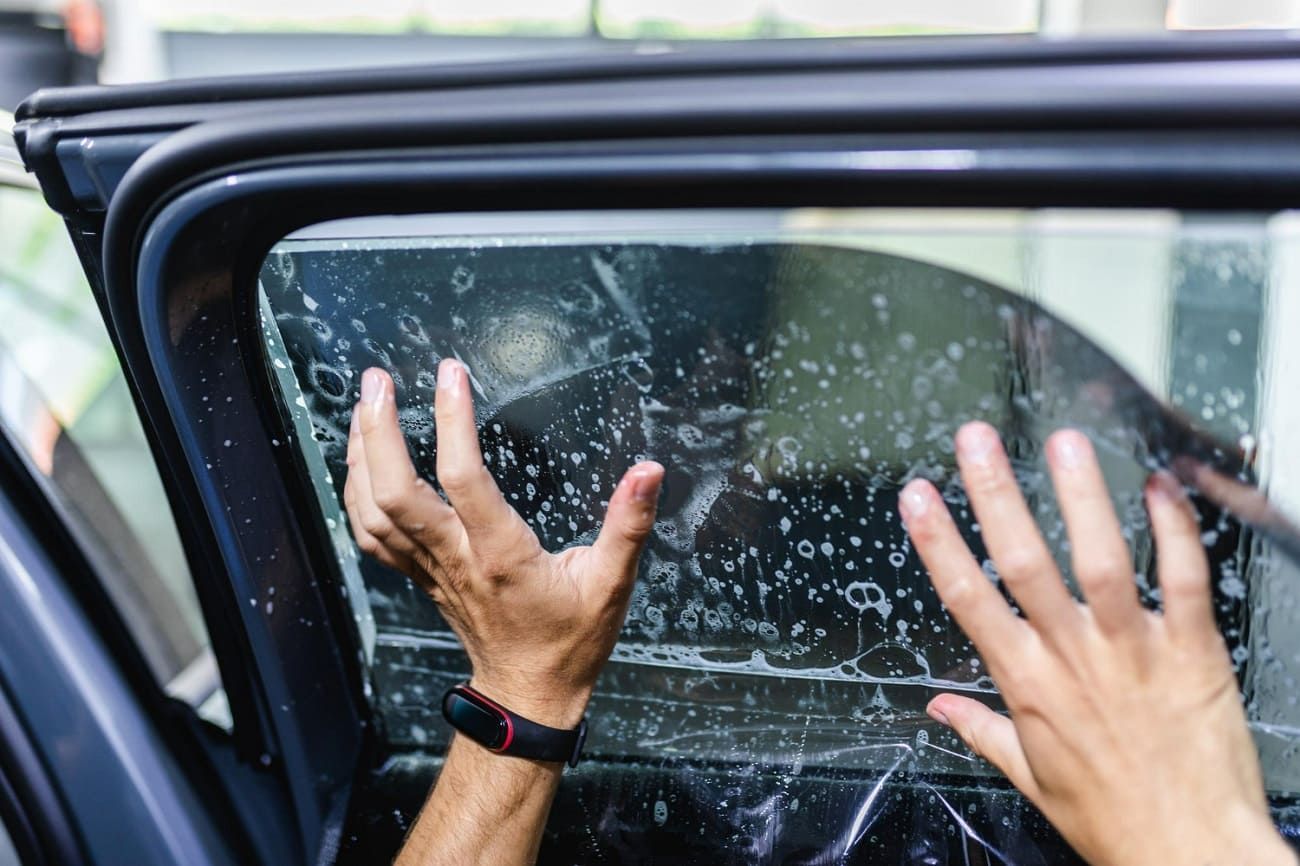
5. Going DIY
59% of car owners take their cars to the shop when they have an issue, but 41% try to fix it themselves. DIY auto work is becoming more and more popular, with potentially dangerous results.
The window tinting process may seem simple from the outside. Who can't place material over a window and cut it to the right shape?
It's all the small steps in-between that make the process tricky. If you try to do it on your own, you could make mistakes such as:
- Wasting or tearing the tint
- Creating bubbles
- Trapping dust between the film and the glass
- Ruining your windows
Always hire a professional if you want a clean and long-lasting result. They have the necessary experience and access to tools that you may not.
6. Not Getting a Warranty
A warranty protects you from any errors with tinting car windows. It should last the life of your vehicle.
Ask for a warranty from any company you work with. If they don't offer one, it's a red flag that they may not be confident enough in the quality of their work.
Read it over carefully to ensure it covers everything you may need. This includes free repairs for any damage and other maintenance such as smoothing out bubbles.
7. Hiring the Wrong Company
You may find a car repair or detailing service that offers tints but doesn't specialize in them. Always look for a specialist shop instead.
Find out how much experience they have. Determine their reputation by looking at their website, third-party sites, and the Better Business Bureau.
Make sure they have the type of tint you want. They should also offer high-quality brands such as LLumar.
Get a quote from the company. It should include every detail such as your car's make and model and the tint you want. Look for additional fees for labor, materials, and warranty to get an accurate final figure.
Where to Get Errors with Tinting Car Windows Fixed
Many unintended errors with tinting car windows can keep you from enjoying its benefits, but knowing about them helps protect you from them.
Know your local laws. Pick the right type of film and tint percentage. Prepare properly, then choose a reputable company that offers a warranty to install it instead of trying to handle it yourself.
Contact us at David Wood Window Tinting today for a free estimate.




